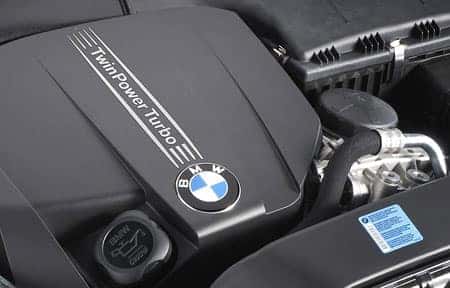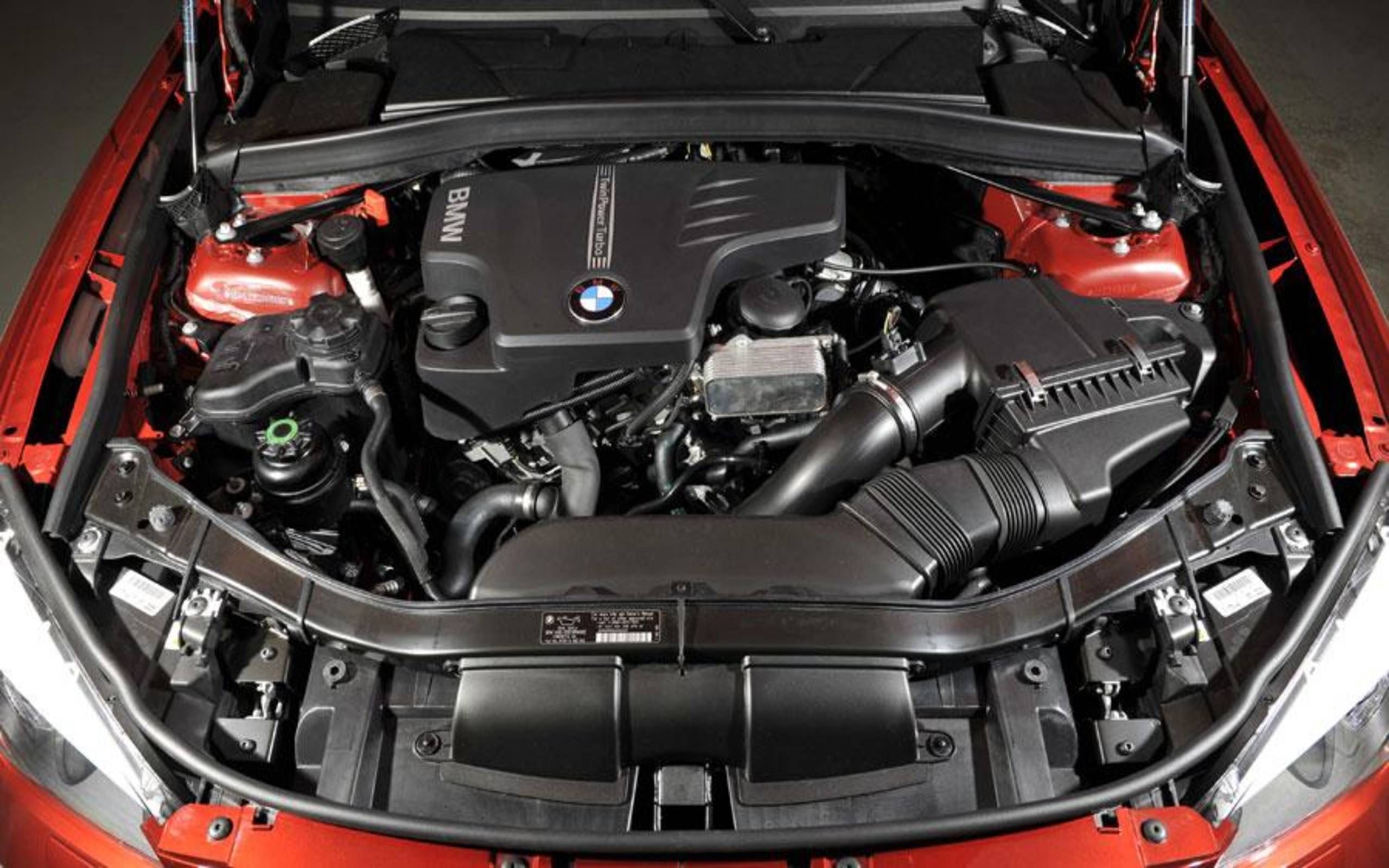Exploring the Performance Enhancements of the most recent BMW Engine Models
Exploring the Performance Enhancements of the most recent BMW Engine Models
Blog Article
Checking Out the Evolution of Combustion Engines in Modern Transportation Solutions
As we browse the landscape of contemporary transportation, the development of combustion engines stands as a testament to human ingenuity and engineering prowess. From their modest starts to the innovative giants propelling vehicles today, combustion engines have actually undertaken an impressive trip of technology and adjustment. Recognizing the details of this advancement not just drops light on the past however likewise leads the way for envisioning what exists ahead in the realm of transportation technology. The interaction of background, innovation, and environmental concerns fit the trajectory of burning engines produces a narrative that is both engaging and informative.
Early Beginnings of Combustion Engines
Just how did the idea of combustion engines initial emerge in the beginning of transportation advancement? The roots of burning engines can be traced back to the 17th century when the concepts of internal burning were very first discovered. In 1673, Christian Huygens conceived a basic interior burning engine that utilized gunpowder to create power. It had not been up until the late 19th century that sensible applications of combustion engines in transportation started to arise.
The advancement minute came with the creation of the initial successful gasoline-powered engine by Karl Benz in 1885 - bmw engine. This engine led the way for the development of the contemporary car, revolutionizing transportation systems worldwide. Subsequent advancements by Nikolaus Otto and Gottlieb Daimler further fine-tuned burning engine modern technology, resulting in the automation of autos and the quick expansion of the transportation market
These early burning engines were characterized by their simpleness and performance, laying the structure for the facility and effective engines made use of in modern-day transport systems. The advancement of burning engines has actually been crucial in forming the method we travel and carry products, marking a significant milestone in the background of transportation development.
Transition to Internal Burning Innovation
The transition to internal burning innovation marked a pivotal change in the development of transport systems. This change started in the late 19th century, with creators like Nikolaus Otto and Gottlieb Daimler developing the first effective internal combustion engines. These engines transformed transport by using a much more powerful and efficient choice to heavy steam engines and electrical motors.
One of the essential benefits of inner combustion engines was their ability to be reduced to suit vehicles, bring about the growth of bikes and cars. This shift from large, stationary engines to portable, mobile ones paved the means for the contemporary transport systems we see today.
The transition to inner combustion modern technology likewise stimulated developments in gas innovation, bring about the advancement of fuel and diesel as key fuel resources for vehicles. This change not just made transportation extra available to the masses however likewise laid the structure for the oil and gas industry to end up being integral to global economic climates.
Impact of Combustion Engines on Transport
The fostering of combustion engines in transportation systems militarized a profound shift in the performance and speed of worldwide flexibility. Combustion engines transformed transport by providing a trustworthy and functional resource of power for different lorries, including automobiles, aircrafts, trucks, and ships. This innovation substantially boosted the ability resource for individuals and items to move over fars away in much shorter time structures, bring about increased connection in between areas and countries.
In addition, the prevalent use combustion engines has actually had a significant effect on financial advancement. The capability to deliver products effectively has spurred trade and business, permitting organizations to increase their markets and get to customers worldwide. This has helped with economic development and globalization, as items can currently be carried quicker and in bigger amounts than ever.
However, the environmental influence of burning engines can not be ignored. The combustion of nonrenewable fuel sources has actually caused air pollution and greenhouse gas emissions, adding to climate adjustment and presenting health and wellness risks to populaces. bmw engine. Therefore, there is a growing focus on establishing alternative propulsion technologies to reduce these unfavorable results and produce a more sustainable future for transport
Innovations in Combustion Engine Layout
Countless advancements in burning engine style have thrust the development of transportation systems over the years. One noteworthy innovation is the advancement of turbocharged engines, which use exhaust gases to drive a generator that compresses inbound air, permitting even more fuel to be burned, leading to raised power outcome without a significant boost in engine dimension. Furthermore, straight shot innovation has actually enhanced gas efficiency and efficiency by specifically controlling the quantity and timing of gas injected right into the burning chamber. Variable shutoff timing systems have actually likewise changed engine design by enhancing air movement at different engine speeds, boosting both power and efficiency. One more substantial development is the integration of lightweight products such as carbon fiber and light weight aluminum alloys, decreasing general engine weight and boosting vehicle fuel economic situation. Furthermore, developments in computer-aided layout have actually enabled engineers to enhance engine efficiency and performance via simulations before physical prototypes are built, saving time and resources in the advancement procedure. These developments jointly add to the continual renovation of burning engines in modern-day transport systems.
Future Patterns in Combustion Engine Development
With next technology innovations driving continuous innovation, the future of burning engine advancement is poised to transform transportation systems internationally. One of the crucial fads in combustion engine development is the push in the direction of greater performance and decreased discharges.
An additional noticeable trend is the adoption of crossbreed technologies in combustion engines. Crossbreed engines incorporate conventional combustion innovation with electric power, using boosted gas efficiency and reduced emissions. As the vehicle sector changes towards electrification, crossbreed combustion engines are viewed as a transitional remedy that links the space in between conventional lorries and totally electrical ones.
In addition, the combination of smart innovations, such as expert system and information analytics, is anticipated to play a significant function in the future of combustion engine advancement. These modern technologies can optimize engine efficiency in real-time, leading to more reliable burning procedures and improved overall vehicle efficiency. Accepting these future patterns will certainly not just drive advancement in burning engine growth but likewise contribute to a more sustainable and ecologically friendly transportation ecological community.

Conclusion
Finally, the evolution of combustion engines in modern transport systems has been noted by significant advancements in technology and layout. From the early starts of combustion engines to the shift to internal combustion modern technology, these engines have had a profound influence on transportation. Innovations in burning engine style proceed to drive progress in this read more field, with future patterns concentrating on more improving performance and lowering exhausts. The future of burning engines in transport looks appealing as r & d initiatives remain to push limits.
The origins of burning engines can be traced back to the 17th century when the concepts of interior combustion were first explored. These engines revolutionized transportation by offering an extra effective and effective option to steam engines and electrical motors.

Report this page